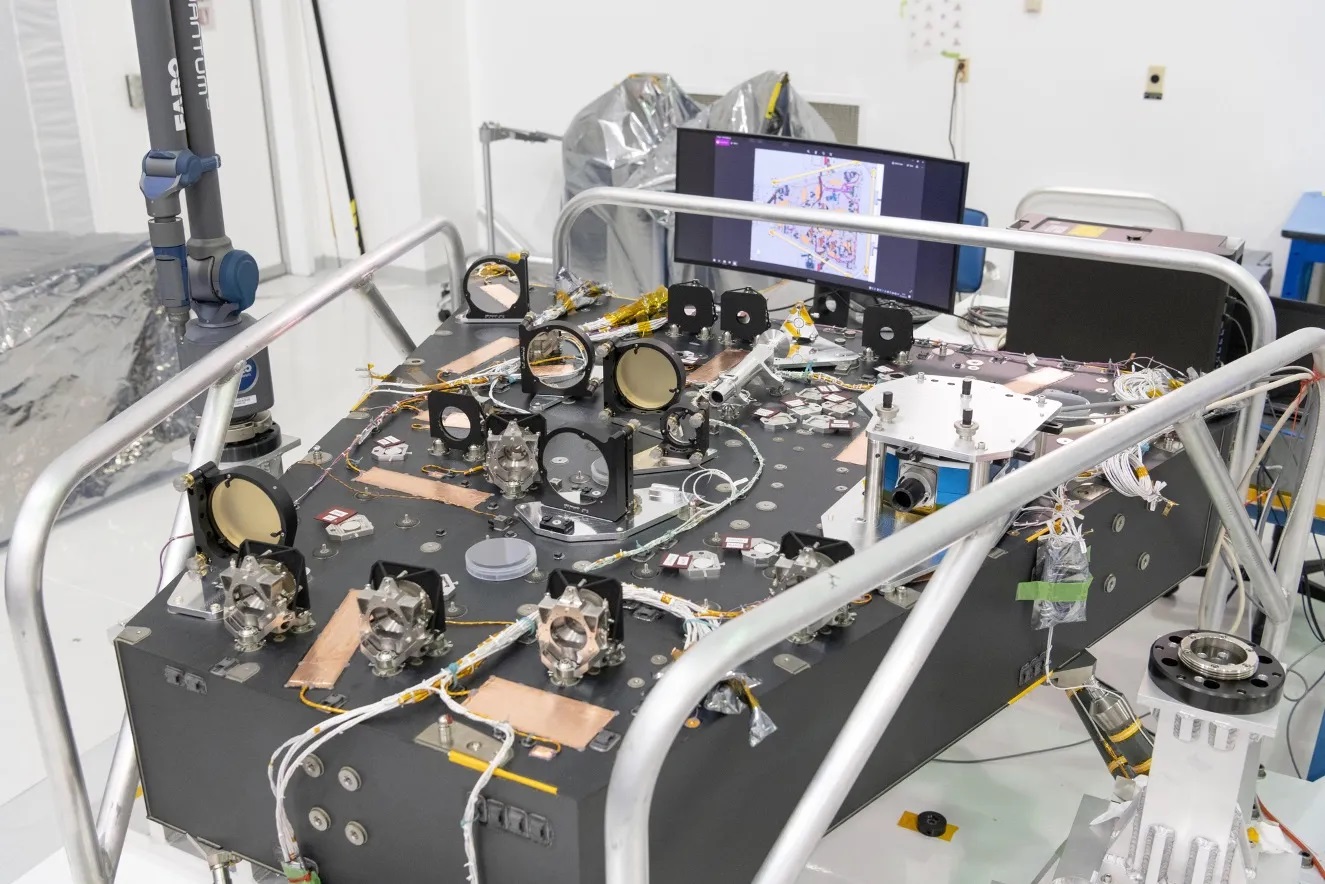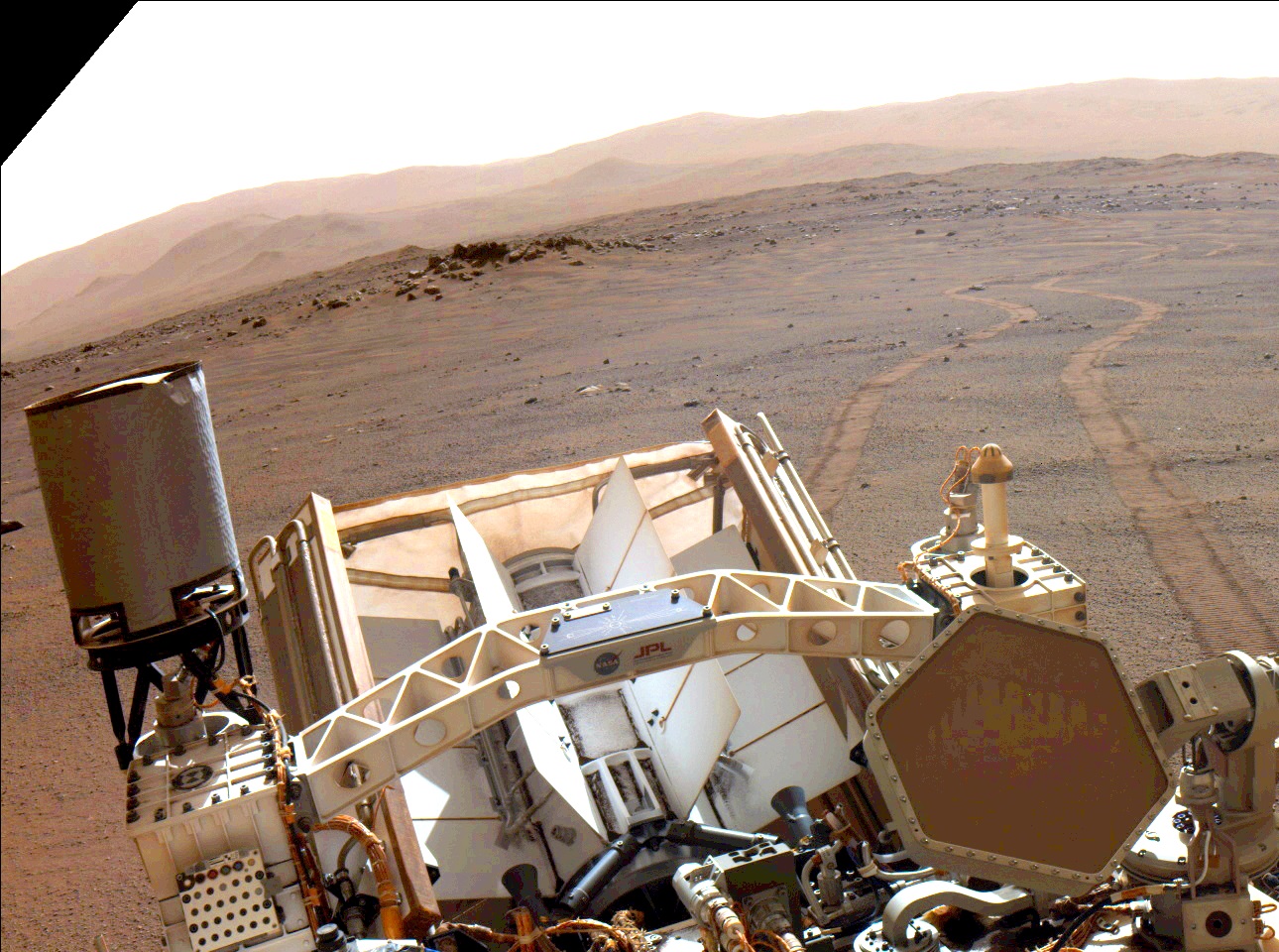In the 1920s, Edwin Hubble and Georges Lemaitre made a startling discovery that forever changed our perception of the Universe. Upon observing galaxies beyond the Milky Way and measuring their spectra, they determined that the Universe was expanding. By the 1990s, with the help of the Hubble Space Telescope, scientists took the deepest images of the Universe to date and made another startling discovery: the rate of expansion is speeding up! This parameter, denoted by Lambda, is integral to the accepted model of cosmology, known as the Lambda Cold Dark Matter (LCDM) model.
Since then, attempts to measure distances have produced a discrepancy known as the “Hubble Tension.” While it was hoped that the James Webb Space Telescope (JWST) would resolve this “crisis in cosmology,” its observations have only deepened the mystery. This has led to several proposed resolutions, including the idea that there was an “Early Dark Energy” shortly after the Big Bang. In a recent paper, an international team of astrophysicists proposed a new solution based on an alternate theory of gravity that states that our galaxy is in the center of an “under-density.”
Continue reading “If Our Part of the Universe is Less Dense, Would That Explain the Hubble Tension?”









